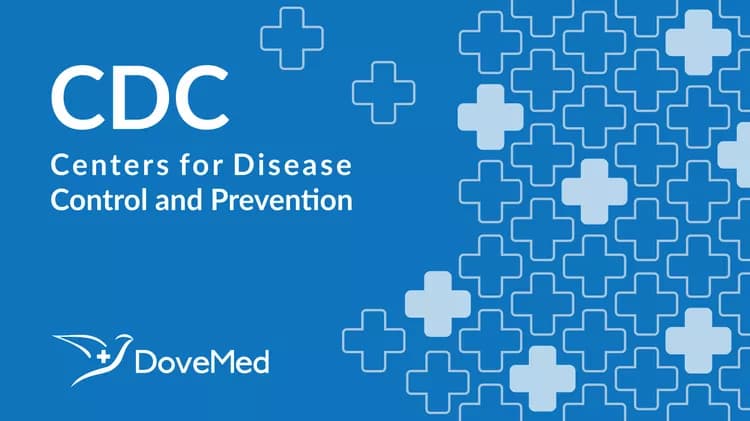
Six In 10 Adults Now Get Physically Active By Walking
Six in 10 adults now get physically active by walking
Less than half get enough physical activity to improve their health
Sixty-two percent of adults say they walked for at least once for 10 minutes or more in the previous week in 2010, compared to 56 percent in 2005, according to a new Vital Signs report from the Centers for Disease Control and Prevention.
However, less than half (48 percent) of all adults get enough physical activity to improve their health, according to data from the National Health Interview Survey. For substantial health benefits, the 2008 Physical Activity Guidelines for Americans recommends at least 2 ½ hours per week of moderate-intensity aerobic physical activity, such as brisk walking. This activity should be done for at least 10 minutes at a time.
“More than 145 million adults are now getting some of their physical activity by walking,” said CDC Director Thomas R. Frieden, M.D., M.P.H. “People who are physically active live longer and are at lower risk for heart disease, stroke, type 2 diabetes, depression and some cancers. Having more places for people to walk in our communities will help us continue to see increases in walking, the most popular form of physical activity among American adults.”
The Vital Signs report notes that increases in walking were seen in nearly all groups surveyed. Walkers were defined as those who walked for at least one session of 10 minutes or more for transportation, fun or exercise. In the West, roughly 68 percent of people walk, more than any other region in the country. People living in the South had the largest increase in the percentage of people who walk, up by nearly 8 percentage points from about 49 percent in 2005 to 57 percent in 2010. The report also found that more adults with arthritis or hypertension are walking; there was no increase in walking among adults with type 2 diabetes.
“It is encouraging to see these increases in the number of adults who are now walking,” said Joan M. Dorn, Ph.D., branch chief of the Physical Activity and Health Branch in CDC’s Division of Nutrition, Physical Activity and Obesity. “But there is still room for improvement. People need more safe and convenient places to walk. People walk more where they feel protected from traffic and safe from crime. Communities can be designed or improved to make it easier for people to walk to the places they need and want to go.”
The report highlights ways to provide better spaces and more places for walking. These include:
State and local governments can consider joint use agreements to let community residents use local school tracks or gyms after classes have finished.
Employers can create walking paths around or near the work place and promote them with signs and route maps.
Citizens can participate in local planning efforts that identify best sites for walking paths and priorities for new sidewalks.
To learn more about Physical Activity Guidelines for Americans and ways to get active, visit www.cdc.gov/physicalactivity. The National Institute on Aging’s Go4Life campaign has information on walking for health, success stories, and other fitness resources for older people at www.nia.nih.gov/Go4Life. For more information on CDC’s Division of Nutrition, Physical Activity and Obesity, visit www.cdc.gov/nccdphp/dnpao.
Vital Signs is a CDC report that appears on the first Tuesday of the month as part of the CDC journal, Morbidity and Mortality Weekly Report. The report provides the latest data and information on key health indicators. These indicators include cancer prevention, obesity, tobacco use, motor vehicle passenger safety, prescription drug overdose, HIV/AIDS, alcohol use, health care-associated infections, cardiovascular health, teen pregnancy, viral hepatitis, and food safety.
###
U.S. DEPARTMENT OF HEALTH AND HUMAN SERVICES
CDC works 24/7 saving lives and protecting people from health threats to have a more secure nation. Whether these threats are chronic or acute, manmade or natural, human error or deliberate attack, global or domestic, CDC is the U.S. health protection agency.
Related Articles
Test Your Knowledge
Asked by users
Related Centers
Related Specialties
Related Physicians
Related Procedures
Related Resources
Join DoveHubs
and connect with fellow professionals

0 Comments
Please log in to post a comment.